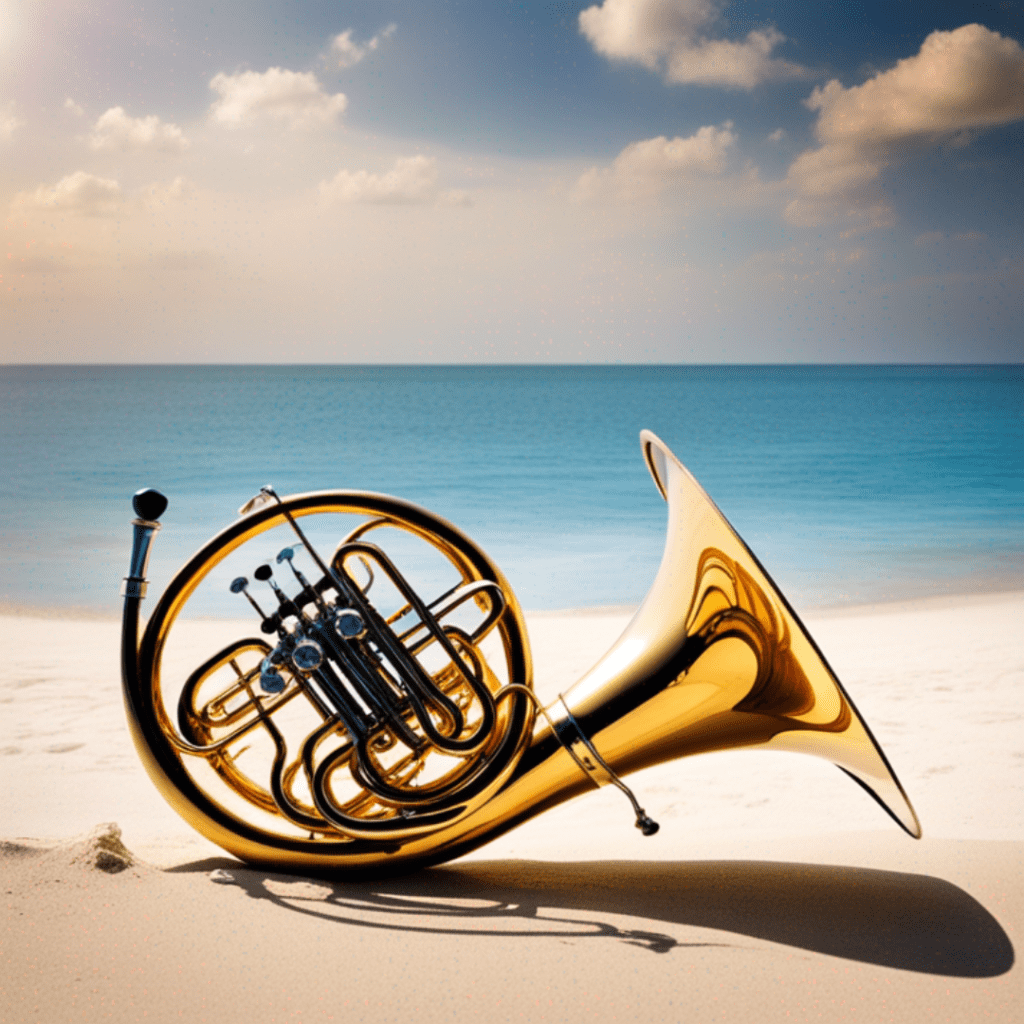Because the french horn has a much wider range than most other brass instruments, etudes and songs referenced on this webpage can be augmented by exploring the low brass and the trumpet pages.
Lesson Preparation
It is important that students warm up (at least 15 minutes) before their lesson.
Please also be sure the instrument is properly lubricated so we don’t lose time getting the instrument to work properly.
For students taking in-person lessons: Students should have a three-ring binder devoted to the material they will use in their studies and are expected to have it readily available for their lessons.
Practice makes perfect
Try to practice at least 30 minutes each day on average.
The Practice Evaluation is used to keep track of daily practice and specify weekly assignments. Students should have a blank one available for every lesson. These are double sided PDFs, so if you print double-sided, one page will work for two weeks of lessons.
Each column represents a practice session. The following represents the rows on the sheet.
Mouthpiece Etudes: 2 minutes. We want dialog, sirens, and long tones. Try to sustain very high notes.
Harmonic series: Instructions are on the Harmonic Series Etudes page.
Thrills of Trills: There are two music systems per page, each with 6 staves of music. Practice one system each day (six exercises). The actual notes played are not important. The finger combinations are the purpose.
Scaleworks: There are 12 major scales, each with 22 exercises. Look at the Scaleworks Plan.
-
- Each row represents one of the sets of exercises for a particular scale.
- Each column represents one of the exercises for each scale.
- Each cell represents a scale/exercise pair.
- Practice at least two scale/exercise pairs each day.
- Try to play these faster and faster over time. Ideally, try to get to mm. ♩ = 288 for exercises 1-4 (A-D) and mm. ♩ = 144 for the rest of them. However, don’t play any faster than you can play them perfectly.
NB: mm means metronome marking. mm ♩ = 144 means to fit 144 ♩ in one minute of time. If ♩ = 60, each ♩ is one second long.
Lesson Schedules, Cancellations, and Makeups
In-person lessons
The cancellation and makeup policy for in-person lessons is set by the New Mexico School of Music as follows:
- Student Cancellations (SC) – Students may cancel one lesson per semester during the school year and will receive a makeup lesson.
- A 24-hour advance notice of a cancellation is normally required.
- However, no one wants to teach a sick student so we do accept cancellations on the same day in the case of illness.
- Teacher Cancellations (TC) – Teachers must make up all lessons that they cancel. This can be done by extending the length of several lessons, or scheduling a separate makeup lesson.
- Scheduling Makeups – We will coordinate makeups with the NMSM or arrange a convenient online lesson.
Online lessons
- Student Cancellations (SC) – If the student has a split lesson, students may cancel two lessons per semester during the school year and will receive makeup lessons for them.
- A 24-hour advance notice of a cancellation is normally required.
- However, I do accept cancellations on the same day in the case of illness.
- Teacher Cancellations (TC) – I will make up all lessons that I cancel. This can be done by extending the length of several lessons, or scheduling a separate makeup lesson.
- Scheduling Makeups – We will arrange online lessons according to our schedules.
Useful links
-
Zoom Audio
How to set up Zoom for audio on the iPad, iPhone, and Android for musical instruments.
-
Download BPM for Mac OS
Advanced metronome and music studies
-
Inspiring trombone performance
Inspiring student trombone performance
-
Gunhild Carling plays 3 trumpets
Happy New year!!!!!! Gunhild Carling plays three trumpets at the same time
-
Inspiring Ode to Joy video
Inspiring flash performance of Ode to Joy
There are two sets of fingering charts: one for the single horn in F and one for the double horn in F with B♭ extension.
-
French Horn fingering chart (single horn)
The first page shows the preferred fingering. The second page shows the complete fingering with alternates. These charts differ from most published fingering charts in important ways.
-
Double French Horn fingering chart
This has charts for horn in F and extended horn in B♭ with preferred and alternates. The last two pages combine the F and B♭ fingering charts.
-
Finger combination etudes. These explore all possible combinations between two fingering valve positions.
-
Video: How to Hold the French Horn
This video demonstrates how to hold the french horn.
Basic Scales
-
All twelve major scales and some alternates are systematically explored in these etudes. Print these double-sided. Each scale is 4 pages ( 2 sheets double-sided).
-
These are for trumpet but can be used for the upper register of the french horn.
-
These are for low brass but can be used for the lower register of the french horn.
-
12 Major scales in Circle of Fifths order.
-
Spreadsheet PDF self-study schedule for learning the Scale Etudes
Harmonic Series
-
These etudes are used as warm-up and lip-building exercises.
-
These etudes are used as warm-up and lip-building exercises. This version is for the double horn using the thumb trigger.
Interval Studies
Basic Meter
Advanced Etudes
TBA
These songs are without accompaniment. For arrangements with accompaniment see French Horn Solos and Combos on the Repertoire page.

